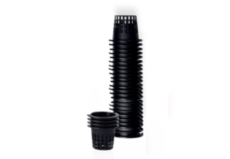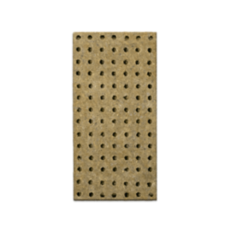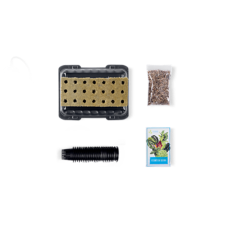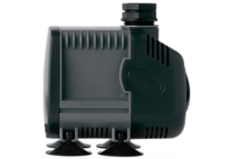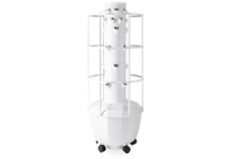Top 10 Common Indoor Garden Pests

One of the best things about growing with Tower Garden is that it’s low maintenance. Thanks to features like a digital pump and timer, the Tower Garden is able to grow delicious vegetables, herbs, fruits, and more with minimal effort or intervention required.
As with any garden, growers will need to be on the lookout for pests. While a Tower Garden doesn't attract nearly as many pests as traditional gardening methods, especially when growing indoors, it’s important to understand and identify the more common indoor garden pests.
Top 10 Indoor Garden Pests
Continue reading to learn more about common indoor garden pests and how to identify them if they intrude on your Tower Garden.

Aphids
Typically green, yellow, or black, aphids are small, sap-sucking, soft-bodied insects. If you have aphids, you’ll likely find them on plant stems and leaf undersides. There they feed on tender, young growth, causing plants to appear puckered or deformed. You can also detect aphids by the presence of honeydew — a sugar-rich, sticky liquid they secrete.
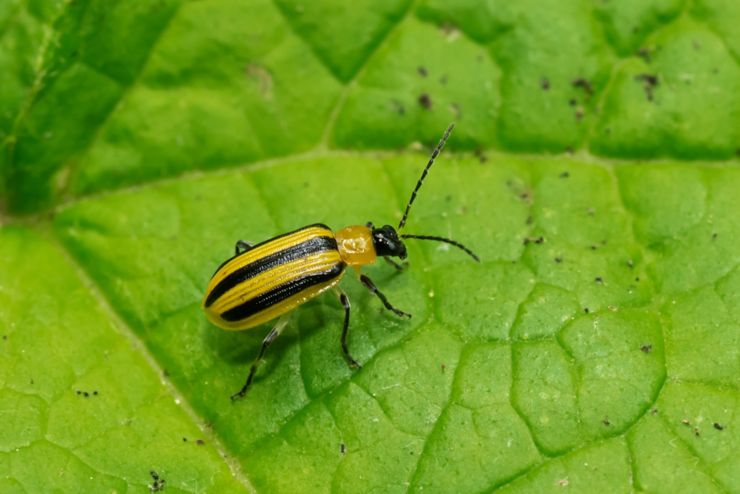
Beetles
Spotted, striped, and banded, orange, yellow, and brown — bad beetles come in many forms. Common species include the cucumber beetle, flea beetle, Mexican bean beetle, and Japanese beetle. They all typically feed on plant leaves and flowers. One good beetle you want to have around, however, is the ladybug.
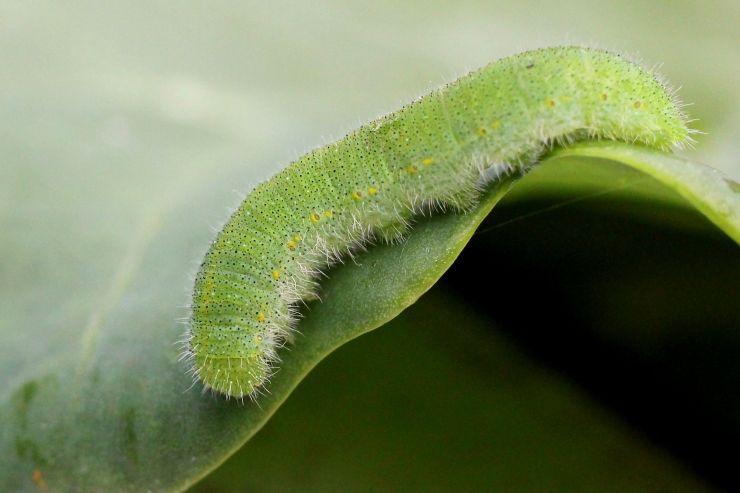
Caterpillars
Caterpillars are the larvae of moths and butterflies. Their colour varies by species (common species include cabbage loopers and tomato fruitworms). Generally, caterpillars feed on plant leaves or fruit. Black specks (faecal matter) on your Tower Garden reservoir lid are an additional sign of a caterpillar infestation.

Leafhoppers
Leafhoppers are wedge-shaped and often light green. You can detect them by stippling on the top of plant leaves, which looks like white or pale yellow spots. In addition to eating plant leaves, leafhoppers are known to transmit viral plant diseases.
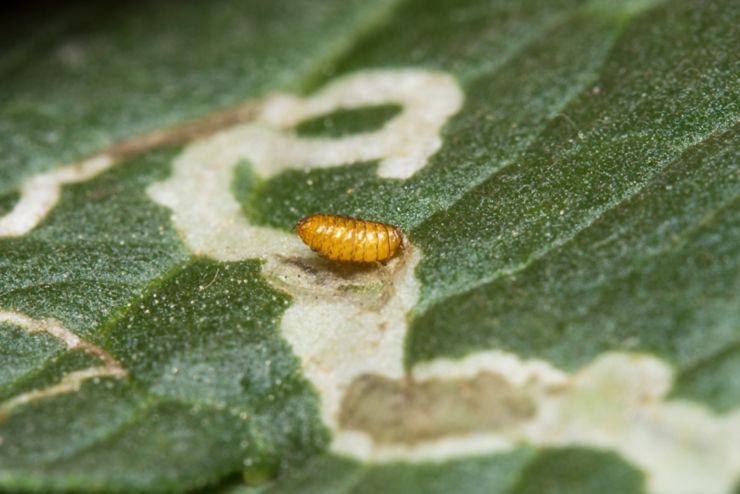
Leaf Miners
Leaf miners are small grey flies whose pale, tiny larvae feed between plant leaf surfaces, causing winding trails throughout the leaf tissue. These trails often merge to form light-coloured dead areas on the leaves. Leaf miners can damage fruit-bearing plants, and they render greens inedible since the larvae are inside plant leaves.
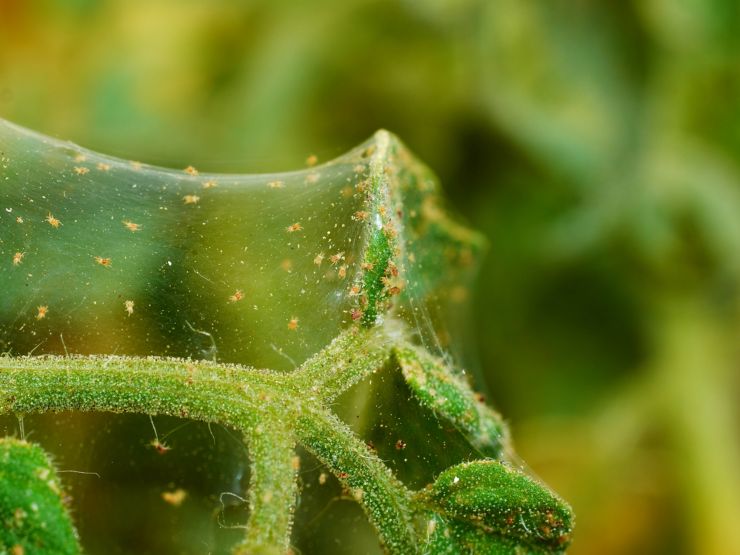
Spider Mites
As sap-sucking insects, spider mites stunt plant growth and sometimes even kill plants. Spider mite damage appears as pale yellow spots ranging in size from specks to large areas on the tops of the leaves.

Scales
Scales vary in colour and appearance, but they generally look like small bumps on plant stems, leaves, and fruit. Scales feed on plant sap, weakening plants and often causing leaves to yellow and die. They also secrete honeydew, like aphids.
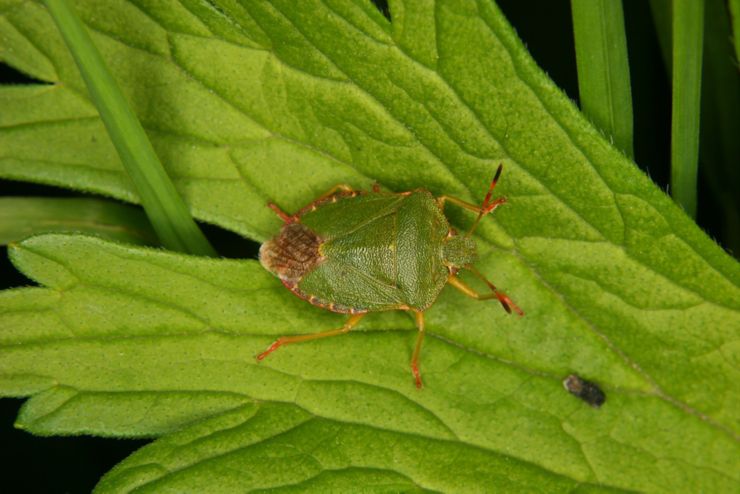
Shield Bugs
Commonly known as stink bugs, these sap-sucking insects have shield-shaped bodies and come in many different colours. Most are bad for your garden, as they feed on plant foliage and fruit, damaging your crops. But one shield bug — the spined soldier bug, which has very distinct and pointy “shoulders” — can actually help control pest populations.
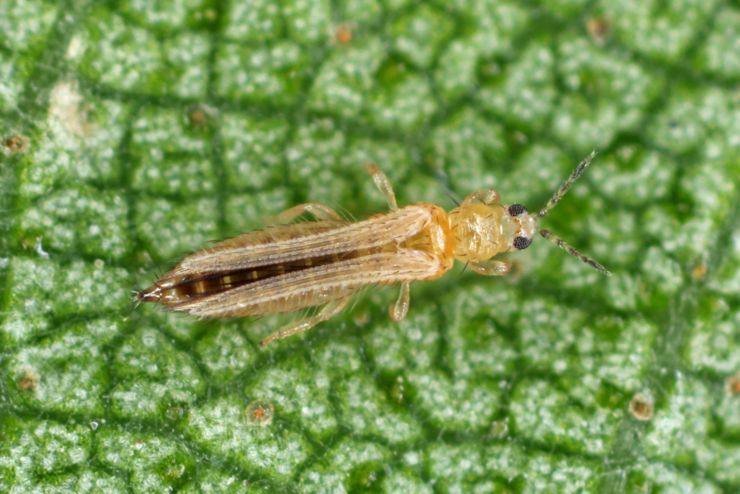
Thrips
Adult thrips are tiny, pale-yellow sap-sucking insects with elongated bodies and fringed wings. They tend to hide in the centres of flowers and scatter when the bloom is disturbed. Thrip damage appears as coarse stippling on the leaf surface. Large populations of thrips cause serious plant injury, which results in a silvery or scratchy appearance on leaf surfaces.
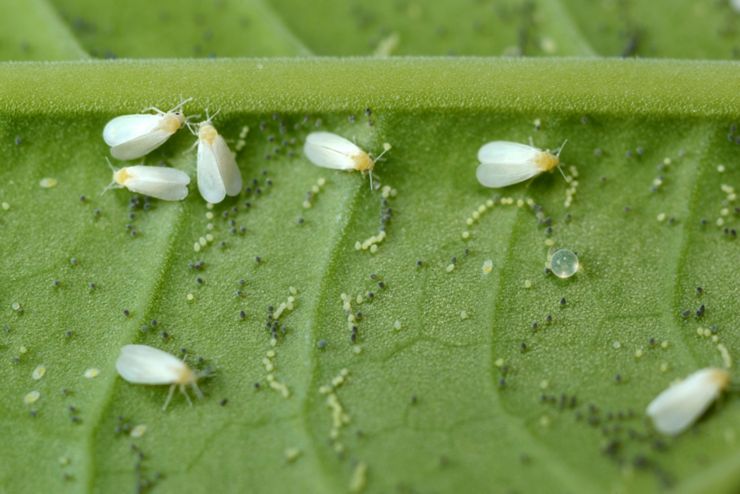
Whiteflies
The whitefly is a voracious sap-sucking insect that causes stunted plant growth, leaf yellowing, and reduced harvests. With slender white bodies and wings, whiteflies tend to congregate in great numbers on the undersides of leaves to feed, taking flight when disturbed. Whiteflies also secrete honeydew, which encourages mould growth.
If you suspect that your garden has fallen prey to any of the above pests, be sure to check out our ultimate guide to a pest-free garden.
Bonus: Dealing with Ants in Your Plants
When it comes to population, ants have us beat by a long shot. Experts have estimated numbers like 1 million billion when trying to predict the number of ants on Earth — a number impossible to comprehend. Chances are, you may experience ants in your outdoor Tower Garden at some point.
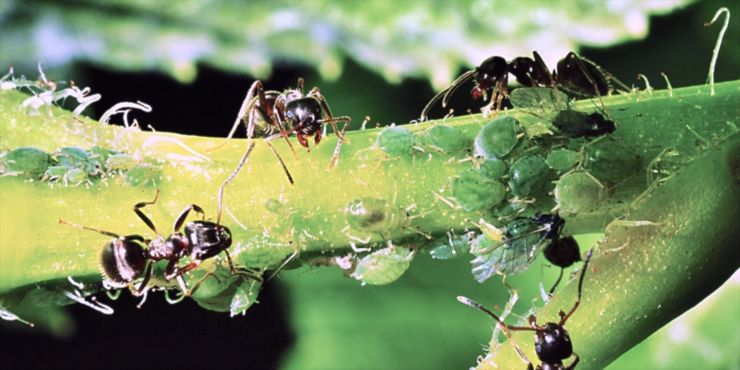
Don’t be too alarmed. Ants are relatively easy to control and can, in some cases, actually help promote a healthy garden. If you encounter ants in your outdoor garden, try the following methods:
- Get rid of aphids and other sap-sucking pests. This will prevent ants from hanging around to harvest honeydew.
- Distribute artificial sweetener near the ants. Reportedly, this is fatal to ants (which might make you reconsider adding the stuff to your coffee).
- Sprinkle ground cinnamon or cayenne pepper around your plants. This may help repel, but not injure, ants.
- Place food-grade diatomaceous earth by trails and nests. Made from fossilised hard-shelled algae called diatoms, this fine powder dehydrates ants — as well as slugs and cockroaches. But the food-grade version is completely safe for humans. (Note: It may take a few weeks to kill ants, and it must stay dry to be effective.)
- Pour boiling water on the anthill. This technique works only if you know where the ants’ nest is, of course. And bear in mind, ants build their homes to withstand rain and flooding. So it may take several attempts before you kill the queen (and wipe out the colony).
How Ants Can Actually Help Your Garden
Ants aren't all bad in a garden environment, here are a few reasons ants can be nice to have hanging around.
Ants Control Pests Naturally
Like ladybeetles, green lacewings, and other beneficial bugs, ants often help control pests by eating their eggs and young or disturbing them during feeding.
Ants are such an effective biological control agent that some growers introduce them on purpose as part of an Integrated Pest Management strategy.
And this isn’t a new idea, either. Accounts of farmers using ants to control pests date back to 300 A.D.
Ants Improve Pollination Rates
As pollinator populations decrease, many gardeners struggle to achieve consistent, hearty harvests from fruiting crops. But ants can assist! By marching from flower to flower in search of food, ants often act as unintentional pollinators.
Ants Support a Healthy Ecosystem
In traditional gardening, ants aerate the soil — digging tunnels that carry water, oxygen, and nutrients to plant roots. And they also speed the decomposition of organic material, such as leaves and dead insects, thereby fertilising plants.
Tower Garden doesn’t use soil (and is more efficient as a result). But ants can still benefit the overall growing environment. Because in addition to feasting on pests, ants themselves serve as lunch for larger organisms, such as lizards, frogs, and birds — animals that also help prevent pest problems.

